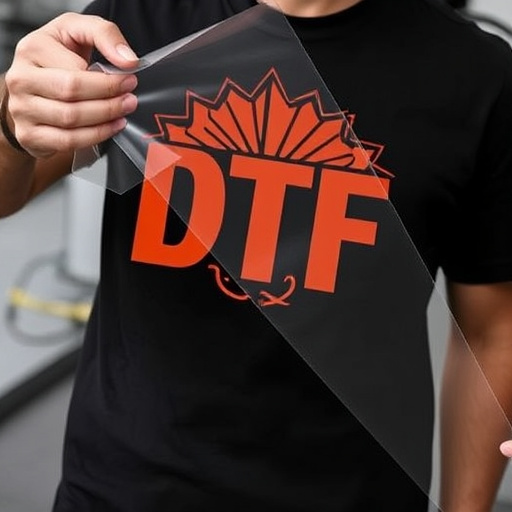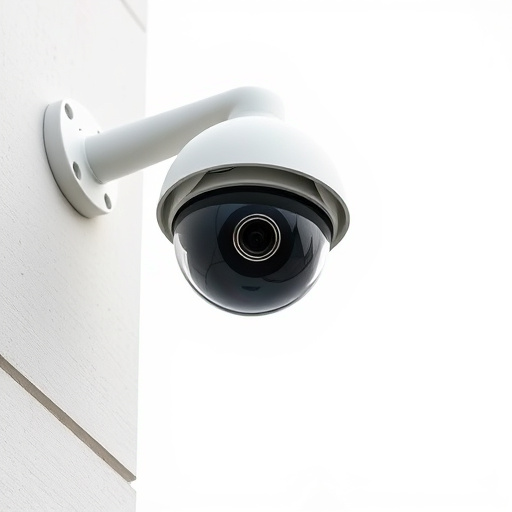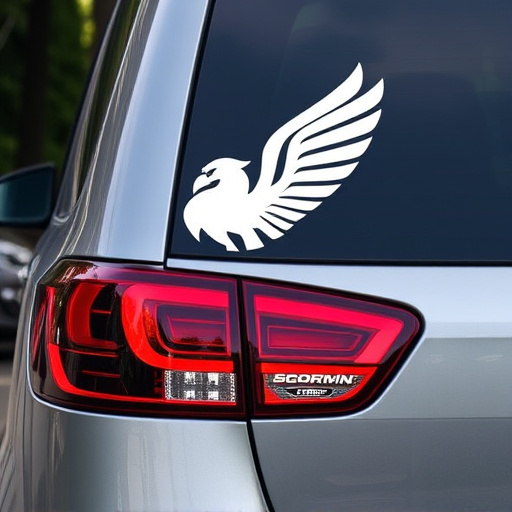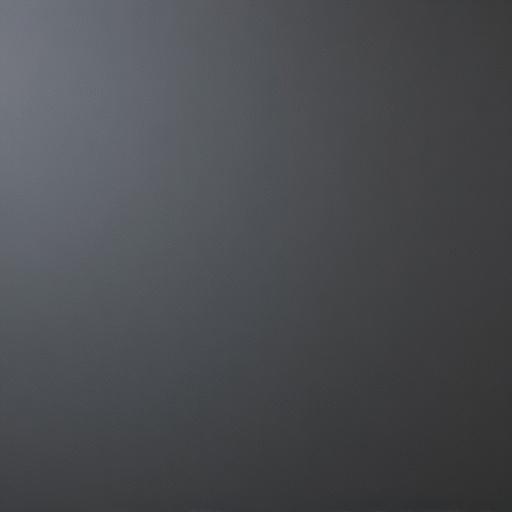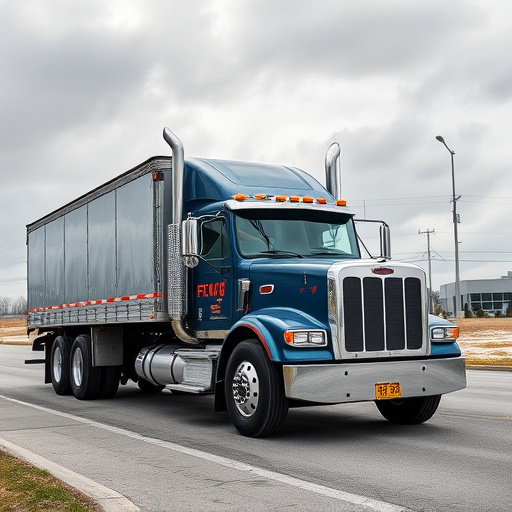Warranty protection is crucial for major purchases, covering product defects and normal wear over a set period. In automotive, professional paint protection film (PPF) installation offers exceptional scratch resistance and UV protection, maintaining vehicle aesthetics. Understanding warranty fine print is vital to know rights and responsibilities, ensuring informed protection against costly future repairs. For services like vehicle wraps or ceramic coatings, knowing the warranty scope ensures quality care and effective issue resolution without extra costs.
In today’s digital era, understanding warranty protection is crucial for any savvy consumer. This comprehensive guide delves into the intricacies of warranty protection agreements, equipping you with essential knowledge. We explore what warranty protection entails and why it’s vital for safeguarding your investments. Subsequently, we break down the fine print, highlighting common clauses and exclusions. Additionally, we outline your rights and responsibilities, ensuring you’re fully informed when navigating these agreements.
- What is Warranty Protection and Why is it Important?
- Decoding the Fine Print: Common Clauses and Exclusions
- Your Rights and Responsibilities Under Warranty Protection Agreements
What is Warranty Protection and Why is it Important?
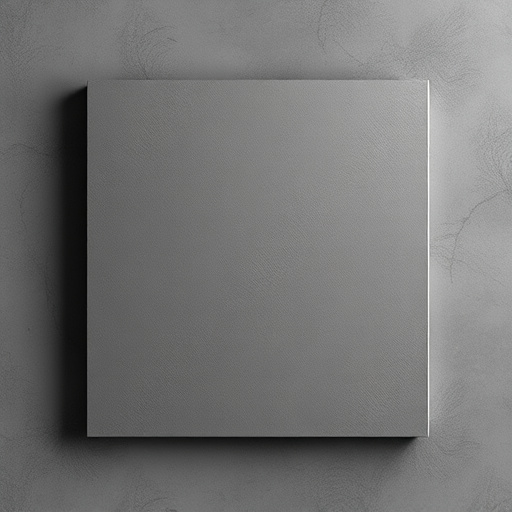
Warranty protection is a crucial aspect of any major purchase, offering peace of mind and ensuring that your investment is safeguarded against unforeseen repairs or replacements. It’s a legal agreement between the buyer and seller, detailing the rights and responsibilities regarding product quality and performance over a specific period. In the context of consumer goods, this could cover everything from manufacturing defects to normal wear and tear, with varying levels of coverage depending on the type of warranty offered.
For automotive enthusiasts, especially those looking for top-tier protection, premium automotive services like professional paint protection film (PPF) installation can be a game-changer. PPF is a thin, clear polymer layer applied to the vehicle’s paintwork, providing exceptional scratch resistance and UV protection, which not only maintains the car’s aesthetic appeal but also preserves its value. Understanding and utilizing warranty protections, including comprehensive policies for such advanced services, ensures that your vehicle remains in excellent condition while saving you money on costly repairs down the line.
Decoding the Fine Print: Common Clauses and Exclusions

When delving into any warranty protection agreement, it’s crucial to understand that the fine print can often be a complex labyrinth of legal terms and conditions. This section aims to decipher some common clauses and exclusions found within these agreements. By familiarizing yourself with these details, you gain a clearer understanding of what is covered and what might be excluded from warranty claims.
Many warranty protection plans include provisions for coverage against manufacturing defects, material failures, or performance issues. However, it’s essential to note specific exclusions, such as those related to normal wear and tear, misuse of the product, or failure to follow recommended maintenance procedures. Additionally, some agreements might exclude certain components or services, such as labor costs, heat rejection systems, or high-quality finishes, which are often considered optional add-ons in premium automotive services. Reading through these clauses will help ensure you know precisely what is expected during the warranty period and what responsibilities lie with both the consumer and the manufacturer or service provider.
Your Rights and Responsibilities Under Warranty Protection Agreements

Under warranty protection agreements, both you as the consumer and the service provider have specific rights and responsibilities. When you opt for a vehicle wrap, ceramic coating, or automotive detailing services backed by a warranty, it becomes crucial to understand what is covered and what isn’t. Your primary right is to receive services that meet the promised standards of quality and durability. The warranty should clearly outline the expected outcomes, such as the level of protection offered by the ceramic coating or the longevity of the vehicle wrap.
As a consumer, you are responsible for adhering to the terms and conditions set forth in the agreement. This includes regular maintenance, proper care instructions provided by the service provider, and immediate reporting of any issues or defects. For instance, if a poorly applied vehicle wrap starts peeling within the warranty period, it’s your responsibility to notify the provider promptly so they can rectify the issue without additional costs. Understanding these rights and responsibilities is vital to ensuring you receive the best possible protection under your warranty agreement.
Understanding the fine print in warranty protection agreements is essential for making informed decisions. By familiarizing yourself with common clauses, exclusions, and your rights, you can ensure optimal coverage and peace of mind. Remember, knowing the details makes all the difference in protecting your investments and navigating potential issues effectively. Stay empowered and protect your interests through informed warranty choices.






